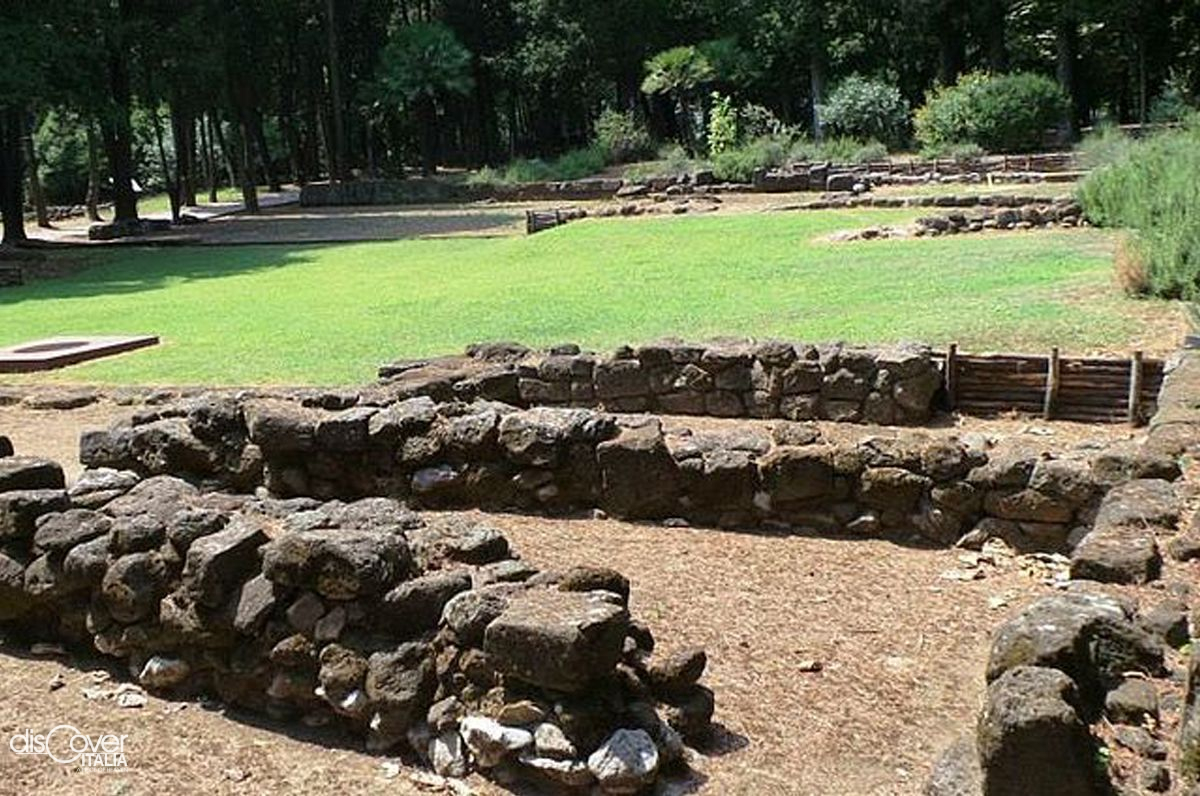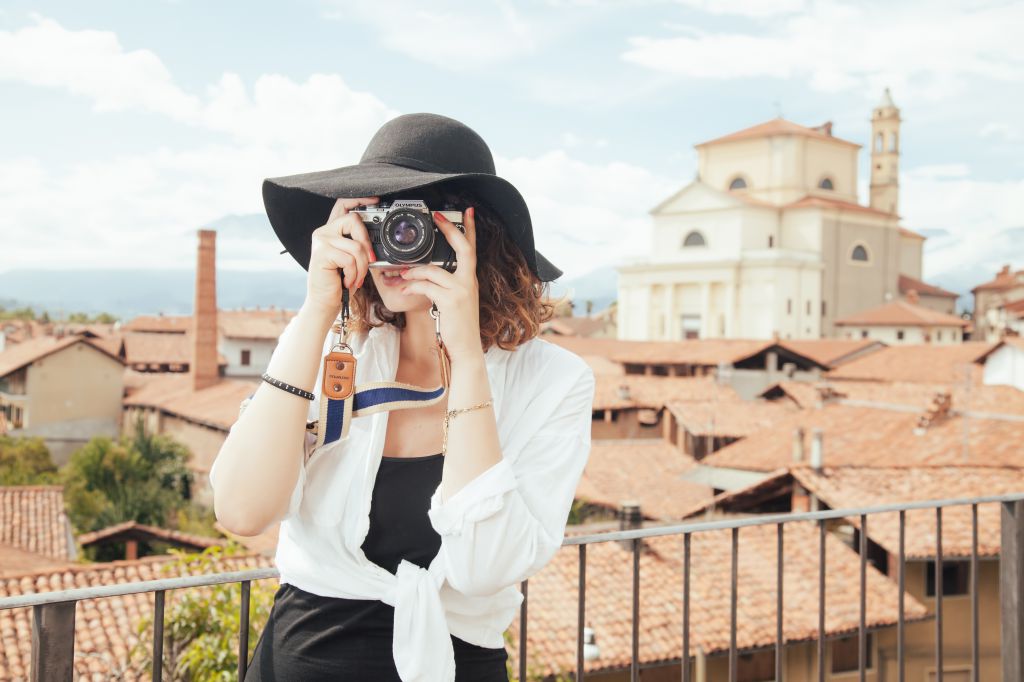Walking around Salerno
According to a legend, the devils apparently built it in only one night, called by Pietro Barliario, a doctor expert in magic and alchemist from the 11th century. But in reality, it is not a bridge but an aqueduct with which before Barliario, in the 9th century, the water supply was provided to the convent of Saint Benedict, conveying the water of the streams from the heights to the north and East. For this purpose, two pipelines were built that joined near the eastern walls, where the imposing structure of twenty-one meters high was built. And it is characterised by ogival arches, an engineering innovation which was later widely used after the year 1000 and which still makes today the ancient aqueduct special, located in the city centre, under Mount Bonadies dominated by the Castle of Arechi.
Another mythical night, a stormy one, also links the aqueduct to Salerno’s history. Just under its arches, chosen as a shelter, four men would have met: the Arab Adela, the greek Pontus, the Jewish Elino and the Latine Salernum, all doctors. According to legend, they probably were the founders of the Salerno Medical School, a skillul synthesis of the variety of the cultural contributions, both occidental and oriental, which made great the first university institute in history. Meetings and exchanges which were certainly favoured by the vitality of the economy of the medieval Salerno, projected beyond the sea and nourished by the flourishing relationships maintained with other cities and communities of the Mediterranean basin.
The magistri mostly lectured at their residences or in health centres, which were numerous in the city. Not rarely welcomed in monasteries. Among those included in the circuit of the School, there was also the Abbey of San Benedetto, probably founded by Arechi II in the 8th century. It was the last Lombard king, Gisulfo II, who in 1057 had appointed Alphanus abbot destined to become one year later the archbishop of Salerno and one of the most prominent personalities of his time. And among his many well-cultivated talents, Alphanus was also an illustrious doctor. Therefore, the abbey, included in the health centres of the School, probably saw him giving lessons to young students within its walls.
As an archbishop, Alphanus was the promoter of the construction of the Cathedral inaugurated in 1804. In the chapel of Santa Caterina d’Alessandria, professors of the school net and the degrees were given, recognised in all European nations of the time, to the young doctors. Among the financiers of the Duomo factory at the time of Roberto il Guiscardo there were also the noble De Ruggieros, a Norman family to which the famous Trotula belonged.
Another place closely linked to the story of the School is the Garden of Minerva, a faithful reconstruction of the the Hortus Sanitatis of the School.
Returning to the Duomo area, a short distance away, you get to the main road which crosses the whole city centre, via dei Mercanti, known as “Drapparia” around year 1000 due to the fabric shops. Precisely in that period, in the middle of the Lombard period, the church of San Gregorio was built, with three naves, which already in 1776 underwent a first restoration under Roger II. But it was in the Eighteen century that the decline started, when a part of it was demolished to facilitate the access to the Palazzo Pinto, which is today in front of it. No longer used for decades and now deconsecrated, in 2009 it has been recovered as the seat of the Virtual Museum of the Salerno School. Inside, thanks to the presence of interactive installations, the history of the School is illustrated, with a particular attention to its golden period between the 10th and the 13th centuries. The glass floor allows to observe the original structure and a series of very old surgical instruments. A special place is reserved for the story of Trotula De Ruggiero and to the medieval illuminated manuscripts with the treaties of the School, reproduced on light panels. The Regimen Sanitatis Salernitanum worth a visit to the museum alone.
Not far away, in via Trotula de Ruggiero, there is the Roberto Papi Museum, dedicated to the collector’s son, Mario, who has put together, over time, an extraordinary collection of medical-surgical instruments of world value. The exhibition spaces host objects attributable to all branches of medicine as they were practiced between the 17th and the 20th centuries and reproduces medical life scenes linked to the century-old story of the Salerno Medical School. Officially suppressed in 1811 by King Joachim Murat, the actual Salerno is recuperating its value also valorising the places which saw it growing and transforming itself in a world excellence.















Comments powered by CComment